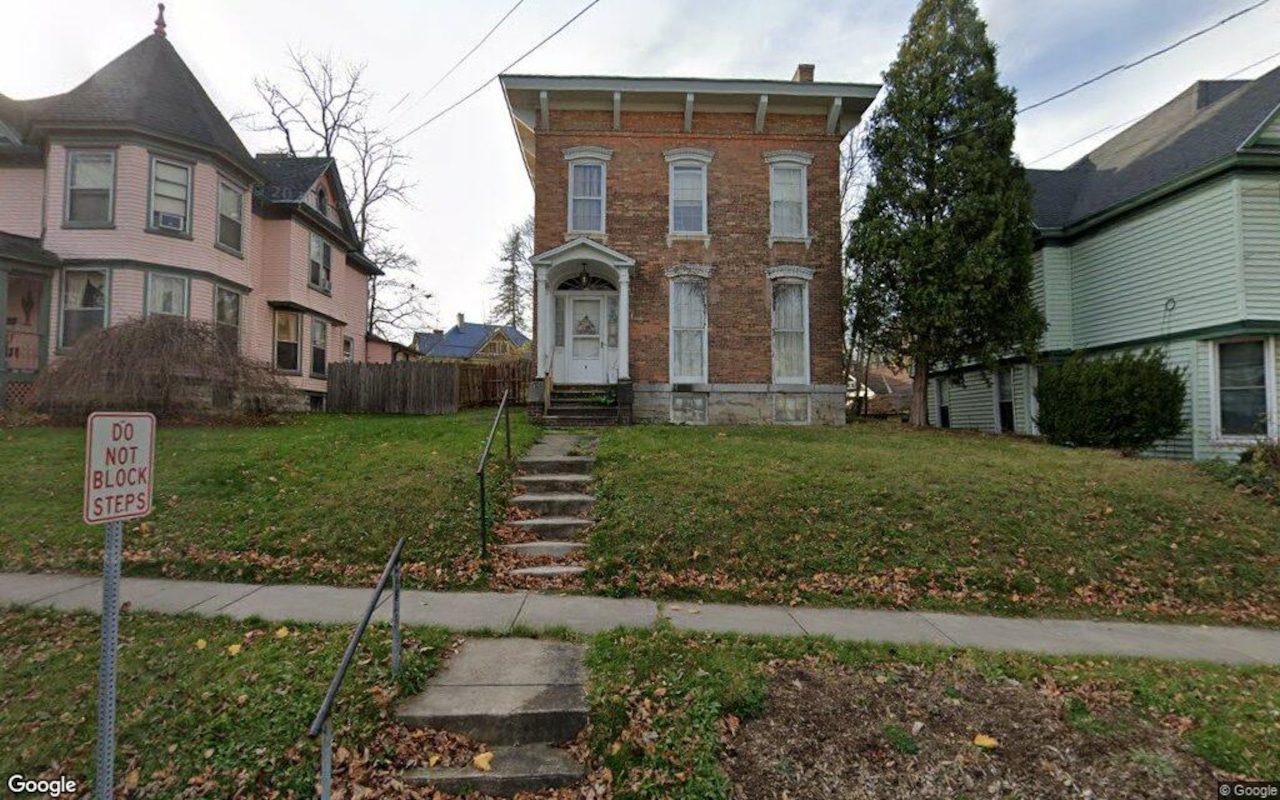S
eptember sits at the crossroads of endings and beginnings. By the solstice and equinox it still feels like summer, yet the stretch from Memorial Day to Labor Day signals the season’s close, especially for students and families returning to school. The relief from dry heat and cooler nights ushers in autumn, when asters burst, goldenrods appear, ironweed towers, and chrysanthemums and toad lilies await. This period also marks the peak of the fall real‑estate market, so whether you’re a first‑time buyer or seasoned hunter, pay attention to the garden for value and warning signs.
Trees are a major asset. Mature, well‑maintained trees reduce cooling bills and provide habitat for insects and birds. An old oak, for instance, can host hundreds of caterpillars, attracting songbirds. Before enjoying its shade, have a certified arborist assess its health. Many people fear old trees, but techniques such as cabling, bracing, and selective pruning can extend their life and protect the property. Removal should be a last resort. New homes often lack a mature canopy; young trees planted too close to foundations can become problematic as they grow. Plan their placement with future size in mind, allowing space for roots and canopy expansion. For example, a tree that fell on a Newton home during a 2024 storm illustrates the risk of neglecting proper support.
Invasive plants—those that thrive in disturbed sites—pose real ecological and financial risks. They were introduced by humans through horticulture and development, not by any malicious intent. Massachusetts offers a comprehensive list of high‑risk species, identification tips, and control strategies at mass.gov. A buyer should check whether any banned plants are present and, if so, plan to remove and replace them responsibly. Removing an invasive species and replacing it with native or low‑maintenance alternatives can prevent future garden woes and protect local ecosystems.
A well‑designed garden reflects the homeowner’s values, creativity, and individuality. It takes time to mature, much like turning a house into a home. The land’s potential is vast, and a thoughtful landscape can grow alongside its occupants. When evaluating a property, look for a mature canopy that can save thousands in cooling costs, a healthy root system, and a planting plan that considers future growth. Also, be wary of plants on the banned list and assess whether the current garden aligns with your long‑term vision.
Happy house hunting! May you find a space that nurtures you and evolves with you.
Ulrich Lorimer, Director of Horticulture, Native Plant Trust, Framingham. Submit gardening questions with your name/initials and hometown to [email protected] for possible publication. Some questions are edited for clarity.














